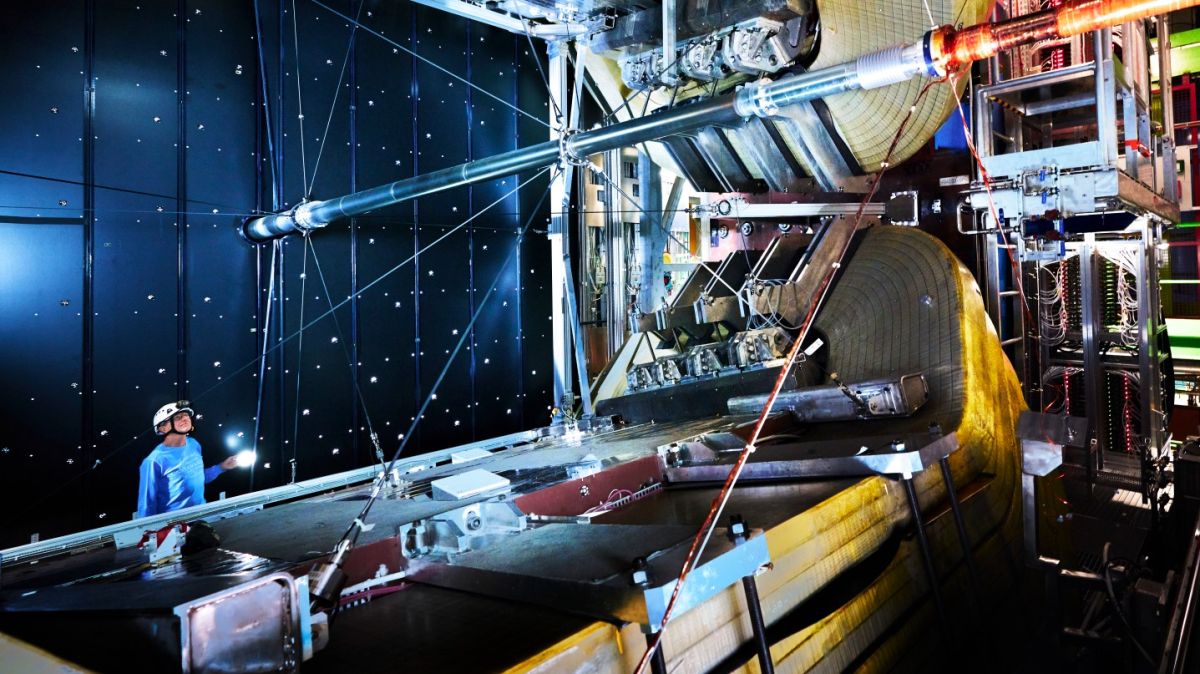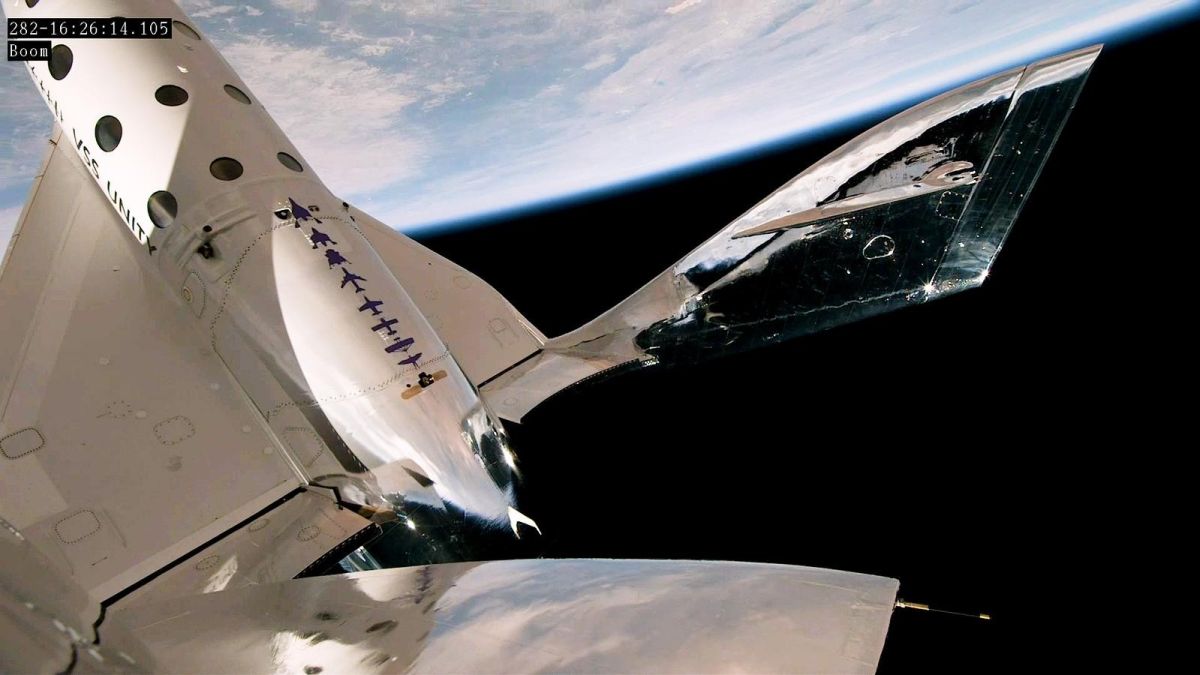NASA has selected COLSA Corporation of Huntsville, Alabama to provide a broad range of support to the NASA Shared Services Center (NSSC). The contract includes support for financial management, human resources, procurement, and other services the NSSC provides.
Read MoreMonth: June 2023
Large Hadron Collider may be closing in on the universe’s missing antimatter
Physicists at the Large Hadron Collider (LHC) are closing in on an explanation for why we live in a universe of matter and not antimatter. Matter and antimatter are two sides of the same coin. Every type of particle has an anti-particle, which is its equal and opposite. For instance, the antimatter equivalent of a negatively charged electron is a positively charged positron. The Standard Model of physics tells us that if we substitute a particle for its antiparticle, it should still operate within the laws of physics in the…
Read MoreRecord breaker! New fastest star zooms through Milky Way at 5 million mph
Six new runaway stars were discovered racing through the Milky Way. Two of the super-speedster stars, designated J0927 and J1235, are moving faster than any object of this type ever seen. According to new research, these record breaking stars are traveling at an incredible 5.1 million miles per hour (2,285 kilometers per second) and 3.8 million miles per hour (1,694 kilometers per second), respectively. J0927 has the fastest sun-orbiting velocity ever seen, making it capable of racing between New York and Mississippi in under a second, if it were a…
Read MoreSpace Station Science Highlights: Week of June 12, 2023
Crew members aboard the International Space Station conducted scientific investigations during the week of June 12 that included demonstrating improved technology for removing carbon dioxide from cabin air, examining the properties of foams in microgravity, and examining the process of baking in space.
Read MoreA View of Galveston, the Birthplace of Juneteenth
This image of Galveston was taken by the Expedition 67 crew aboard the International Space Station on June 20, 2022, as it orbited 224 miles above.
Read MoreNASA Invites Media to View Orion Spacecraft for Next Artemis Missions
Media are invited to view NASA’s Orion spacecraft for upcoming Artemis missions at the agency’s Kennedy Space Center in Florida later this summer.
Read MoreVirgin Galactic will launch its 1st commercial spaceflight on June 27
Virgin Galactic’s first-ever commercial spaceflight will launch this month, if all goes according to plan. The company, part of billionaire Richard Branson‘s Virgin Group, announced Thursday (June 15) that it has set a launch window of June 27 to June 30 for its debut operational flight, which it calls Galactic 01. “Galactic 01, a scientific research mission, will carry three crew members from the Italian Air Force and the National Research Council of Italy to conduct microgravity research,” Virgin Galactic representatives said in a statement released Thursday afternoon. “With scientific…
Read MoreSeven US Companies Collaborate with NASA to Advance Space Capabilities
NASA will partner with seven U.S. companies to meet future business and government needs, ultimately benefitting human spaceflight and the U.S. commercial low Earth orbit economy.
Read More‘Weird’ game of cosmic tug-of-war in the Tarantula Nebula weaves up new stars
The strange behavior of the Tarantula Nebula and its continued existence could be the result of powerful magnetic fields at its heart. The Tarantula Nebula, officially known as 30 Doradus, is a region of star-forming gas at the heart of the Large Magellanic Cloud, a galaxy close to the Milky Way ablaze with “stellar nurseries” giving birth to baby stars. A large amount of energy radiates out of the Tarantula Nebula from R136, the massive star cluster near its center. The region extending 82 light-years out from R136 is strange,…
Read MoreThe moon and Mercury meet in the bright red ‘eye of the bull’ early Friday morning
The moon and elusive Mercury will be close to the glowing red “eye” of The Bull, the Taurus constellation, early Friday morning (June 16). The two celestial bodies will appear by the constellation’s bright red star, Aldebaran, also known as Alpha Tauri. The moon and Mercury will also be in an arrangement astronomers call a conjunction, meaning they share the same right ascension, the celestial equivalent of longitude. According to In the Sky, skywatchers in New York City will see the moon pass to the right of Mercury, with the…
Read More
